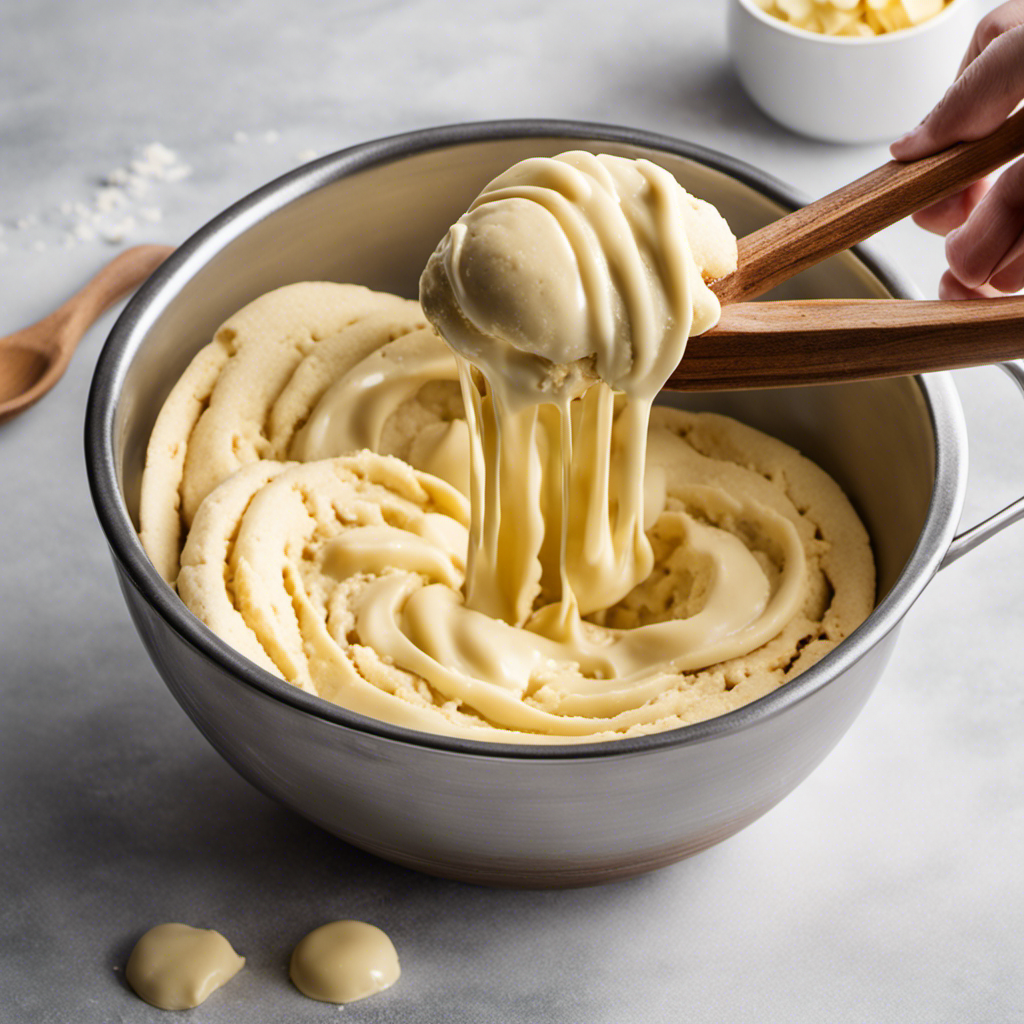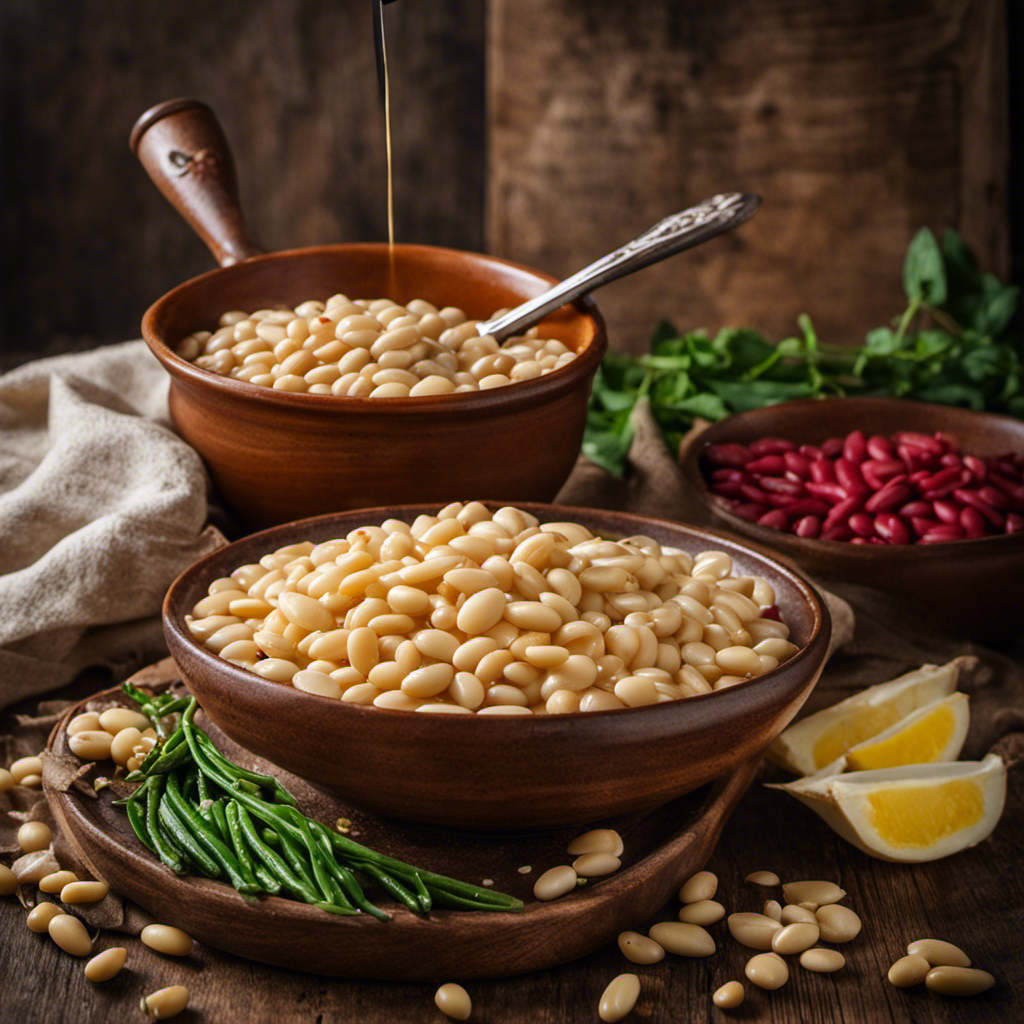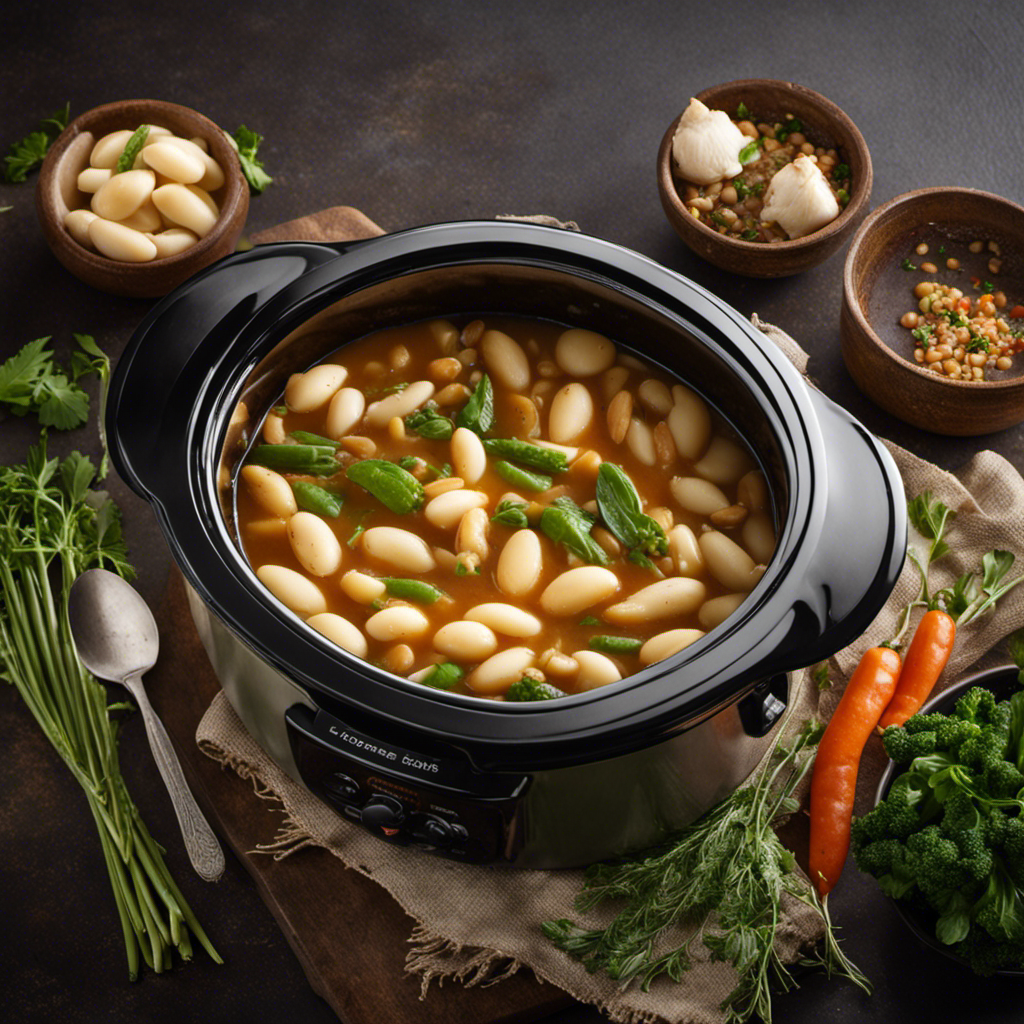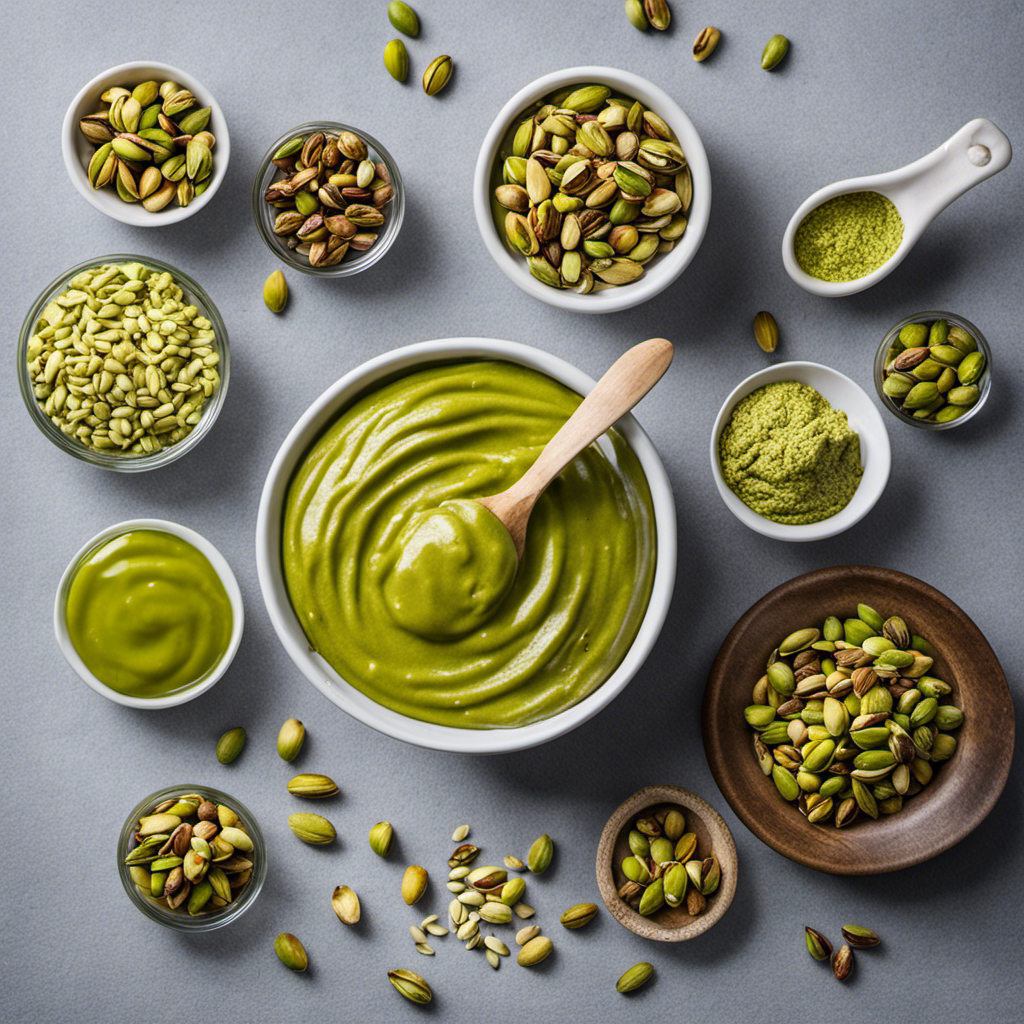Don’t stress if you accidentally put too much butter in your cookie dough, it happens to the best of us. Luckily, I’m here to help you fix it.
In this article, I’ll share some expert tips and tricks to help you salvage your buttery mishap and still end up with delicious, perfectly textured cookies.
Get ready to roll up your sleeves and learn how to turn your butter overload into sweet success.
Key Takeaways
- Excess butter can result in an oily or greasy dough.
- Adjusting the butter consistency is crucial for the right dough texture.
- Modifying the dry ingredients is essential to fix dough with too much butter.
- Adding an egg can improve the structure and consistency of the dough.
Assessing the Butter Ratio
I think I added too much butter to the cookie dough. When it comes to baking, precision is key, especially when it comes to butter. The butter measurement in a recipe is crucial to achieving the perfect consistency and texture. If you find yourself with a dough that seems too oily or greasy, it’s likely due to an excess of butter.
To troubleshoot this issue, start by assessing the butter consistency. Is it too soft or melted? If so, it can easily result in a dough that’s overly buttery. To fix this, you can try refrigerating the dough for about 30 minutes to firm up the butter.
Additionally, you can add more dry ingredients, such as flour or oats, to absorb some of the excess butter and bring the dough back to the right consistency.
Adjusting the Dry Ingredients
To salvage the dough, simply decrease the amount of flour and add a bit more sugar. Modifying the recipe when dealing with cookie dough that has too much butter requires careful adjustments to the dry ingredients.
Start by reducing the amount of flour called for in the recipe. This will help balance out the excess butter and prevent the dough from becoming too greasy. However, be cautious not to decrease the flour too much, as it can make the dough too soft and difficult to handle.
Additionally, adding a bit more sugar can help absorb some of the excess moisture from the butter. This will enhance the sweetness of the cookies while also aiding in the texture.
Incorporating Additional Binders
Using an egg as an additional binder can help improve the structure and consistency of the dough. When you find yourself with cookie dough that has too much butter, it can become difficult to work with and may not hold its shape during baking. Adding an egg to the dough can help bind the ingredients together and give the dough more structure.
The proteins in the egg will help hold everything together and create a firmer texture. To incorporate the egg, simply beat it lightly and gradually add it to the dough while mixing until it’s fully incorporated. This alternative binder will help salvage your dough and prevent it from spreading too much during baking.
Chilling and Resting the Dough
Resting the dough in the refrigerator allows the ingredients to meld together, resulting in a more flavorful and tender cookie. The process of chilling the dough is essential for achieving the perfect consistency and texture. Here are some tips to ensure your dough is at its best:
-
Use high-quality butter: The quality of your butter greatly affects the flavor and texture of your cookies. Opt for unsalted butter with a high fat content for a rich and creamy result.
-
Measure accurately: Precise measurements are crucial for achieving the perfect dough consistency. Use measuring cups or a kitchen scale to ensure you’ve the right amount of ingredients.
-
Mix thoroughly: Properly creaming the butter and sugar together is key to creating a light and fluffy dough. Beat them together until they’re well combined and the mixture is pale in color.
-
Rest and chill: After mixing the dough, give it some time to rest in the refrigerator. This allows the flavors to meld together and the dough to firm up, making it easier to handle and shape.
Testing and Adjusting the Baking Time
I carefully monitor the oven to ensure that the cookies bake for the perfect amount of time.
One of the key factors in achieving the ideal texture and taste is evaluating the dough’s consistency. It should be slightly sticky and hold together when pressed, but not too dry or overly wet. This can be achieved by adjusting the amount of flour or liquid used in the recipe.
Additionally, experimenting with different baking temperatures can make a significant difference in the final result. Higher temperatures tend to yield crispier cookies, while lower temperatures result in softer and chewier ones. It’s important to note that oven temperatures can vary, so it may require some trial and error to find the optimal baking temperature for your specific oven.
Frequently Asked Questions
Can I Use a Different Type of Fat Instead of Butter to Fix My Cookie Dough?
Yes, you can substitute oil or experiment with margarine instead of butter to fix your cookie dough. These alternatives can help balance the texture and flavor, but be mindful of the ratios to achieve desired results.
Should I Adjust the Amount of Sugar in the Recipe if There Is Too Much Butter in the Dough?
Adjusting the sugar ratio in a recipe with too much butter can help balance the flavors. However, it’s crucial to consider alternative fats and their impact on the overall texture and taste of the cookies.
Can I Use a Gluten-Free Flour Blend to Adjust the Dry Ingredients if My Dough Has Too Much Butter?
Using a gluten-free flour blend can help adjust the dry ingredients in cookie dough with too much butter. It’s important to consider alternative fats to maintain the desired texture in gluten-free cookie dough.
How Long Should I Chill the Dough if There Is an Excessive Amount of Butter in It?
To achieve the perfect texture in cookie dough with excessive butter, chilling the dough is key. The ideal duration for chilling will depend on the specific recipe, but generally, allowing the dough to chill for at least 1-2 hours should help incorporate the excess butter.
Is There a Way to Salvage the Dough if It Becomes Too Crumbly After Adjusting the Butter Ratio?
There are alternatives to butter in cookie dough, such as using margarine or coconut oil. To fix crumbly dough, try adding a bit of milk or water to moisten it.
Conclusion
In the realm of cookie dough, too much butter can throw off the balance and ruin the final result. However, fear not, for with a little patience and adjustment, the problem can be fixed.
Just like a skilled alchemist, assessing the butter ratio, adjusting the dry ingredients, incorporating additional binders, chilling and resting the dough, and testing and adjusting the baking time can transform a buttery disaster into a perfectly delicious batch of cookies.
So roll up your sleeves and embark on the journey of cookie dough redemption!










